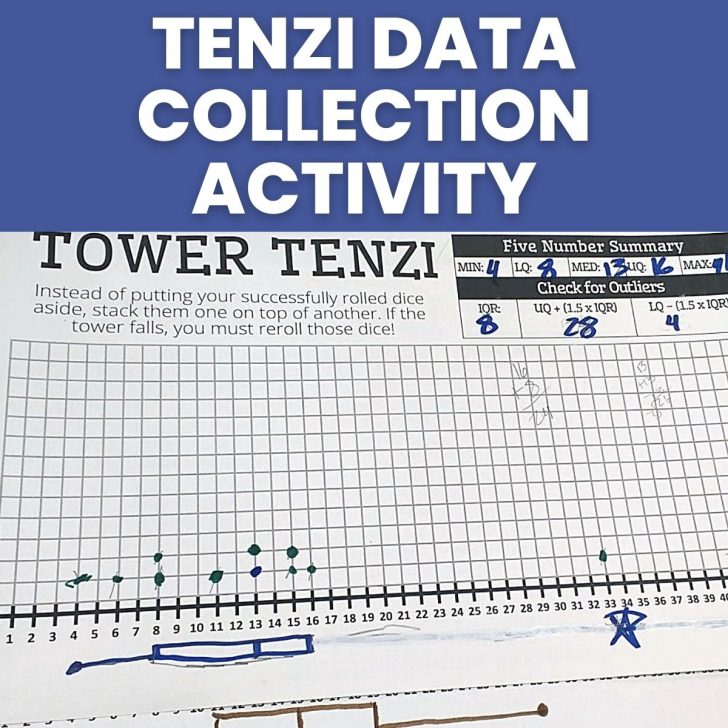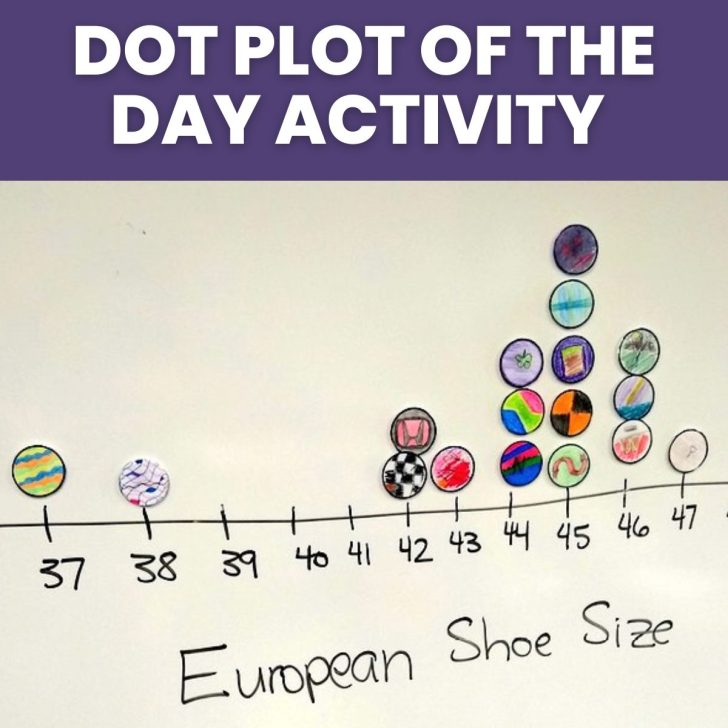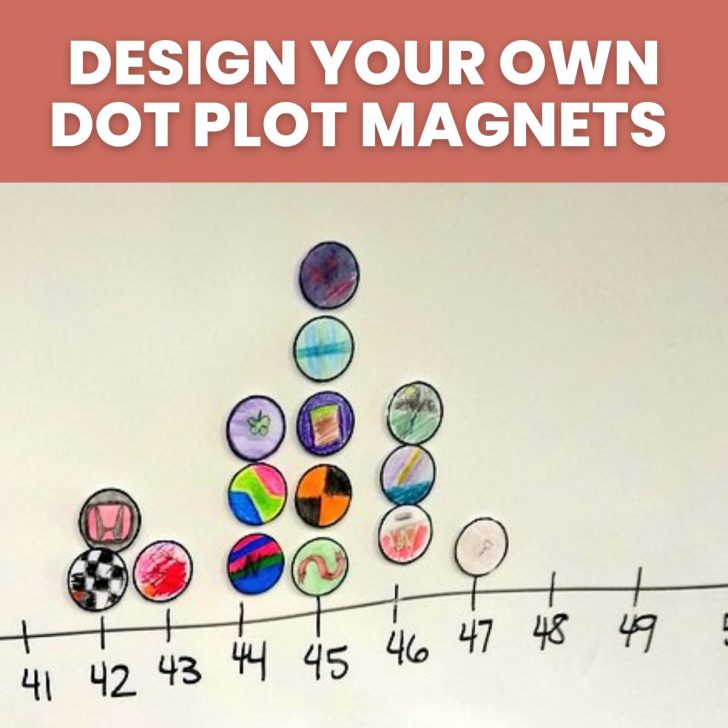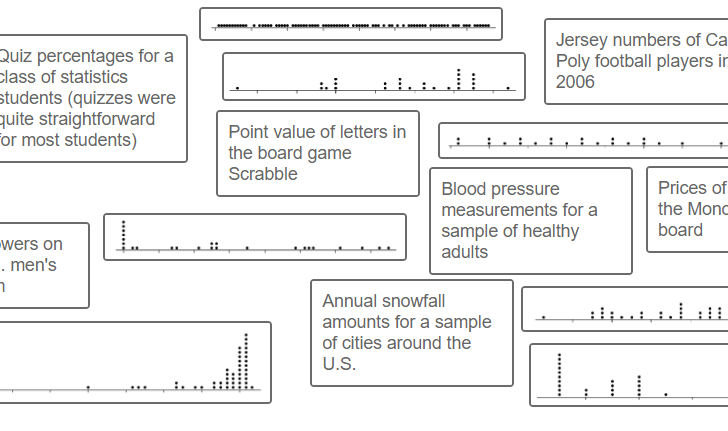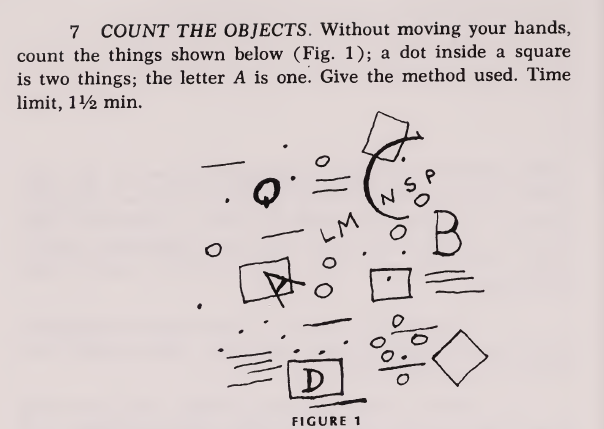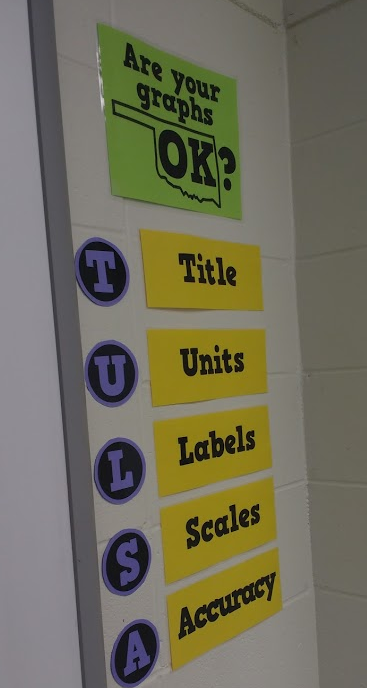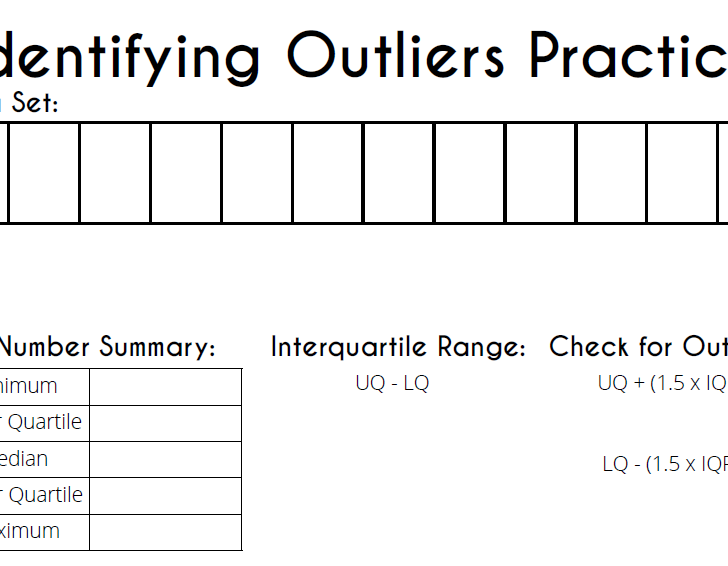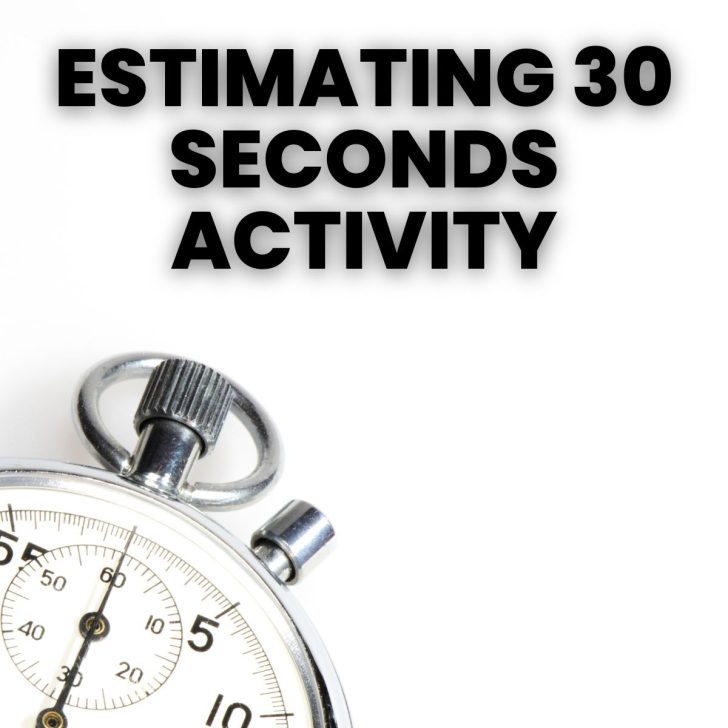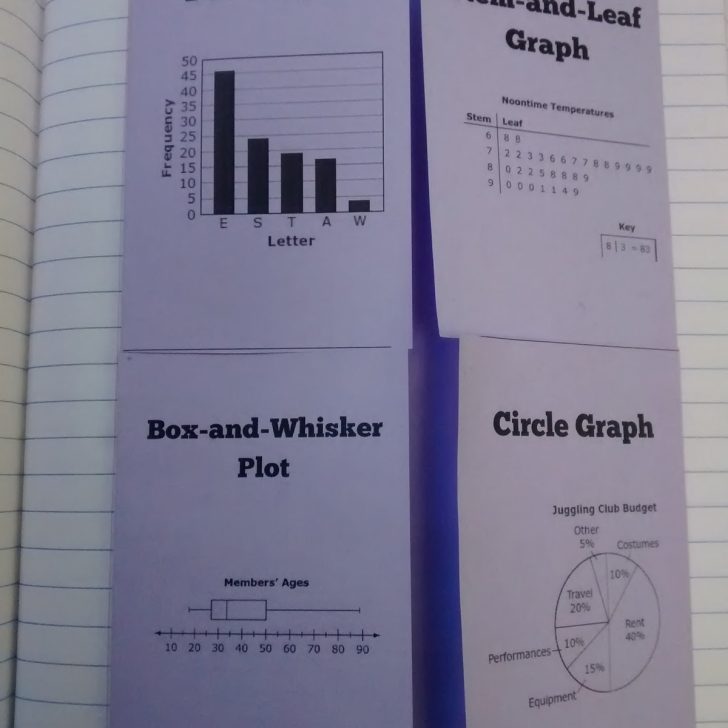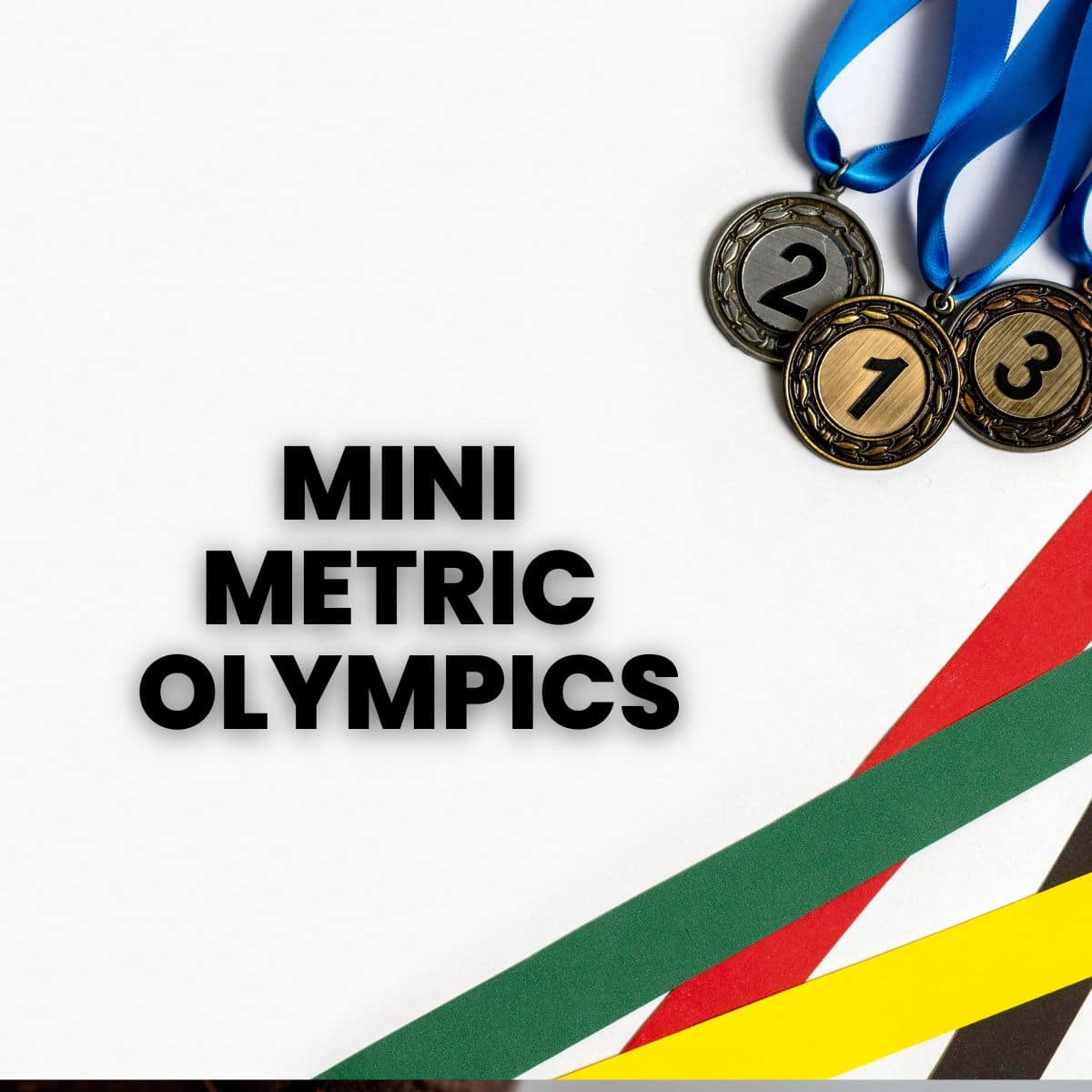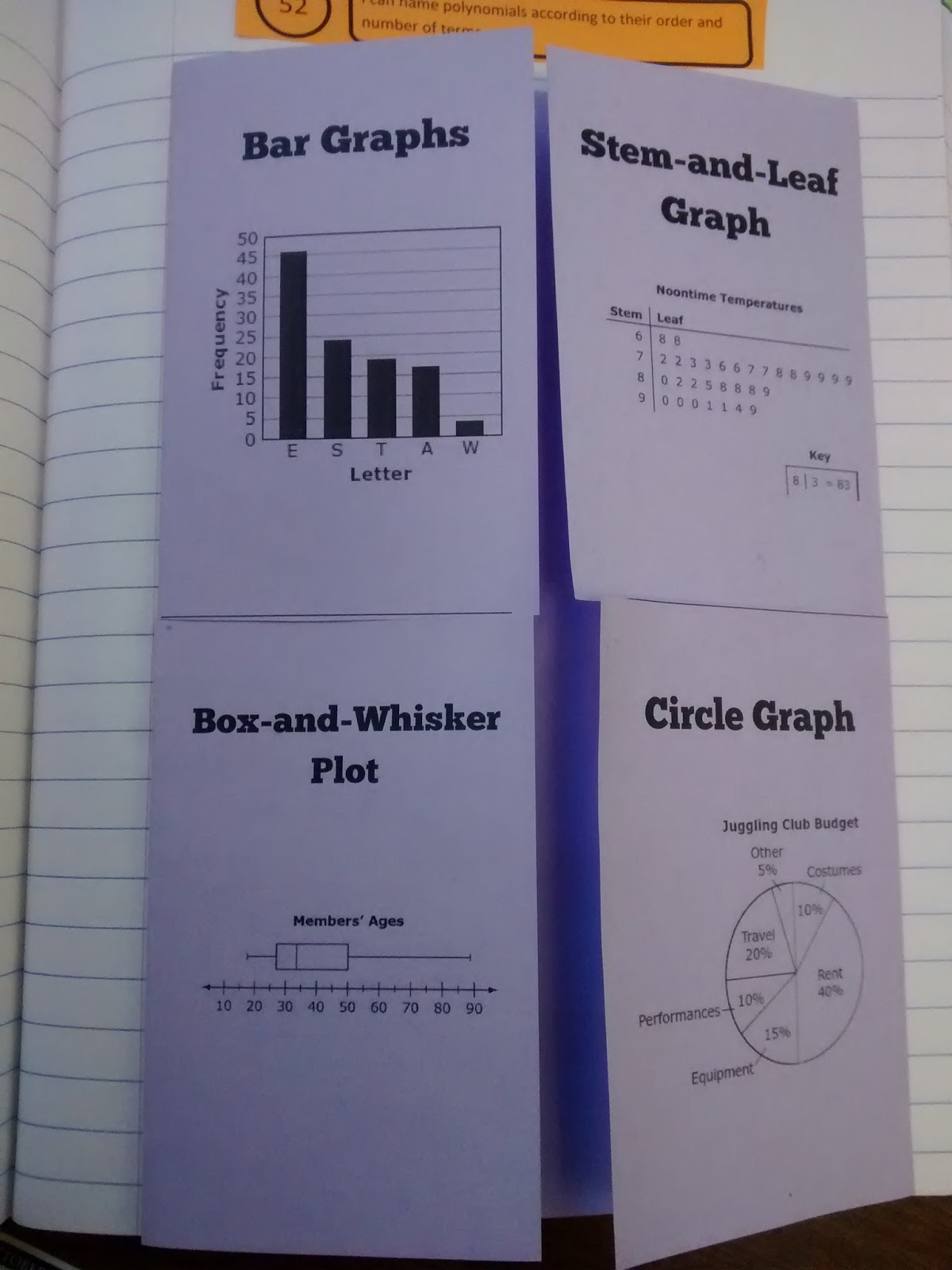Design Your Own Dot Plot Magnets Activity
This blog post contains Amazon affiliate links. As an Amazon Associate, I earn a small commission from qualifying purchases.
Want to check out my favorite Amazon items for the classroom? Check out my Amazon favorites page!
We are currently learning to create and describe dot plots in my statistics classes. To help increase student buy-in, I decided to have my students design their own “dot” for our dot plots. I’m calling these “design your own dot plot magnets.”
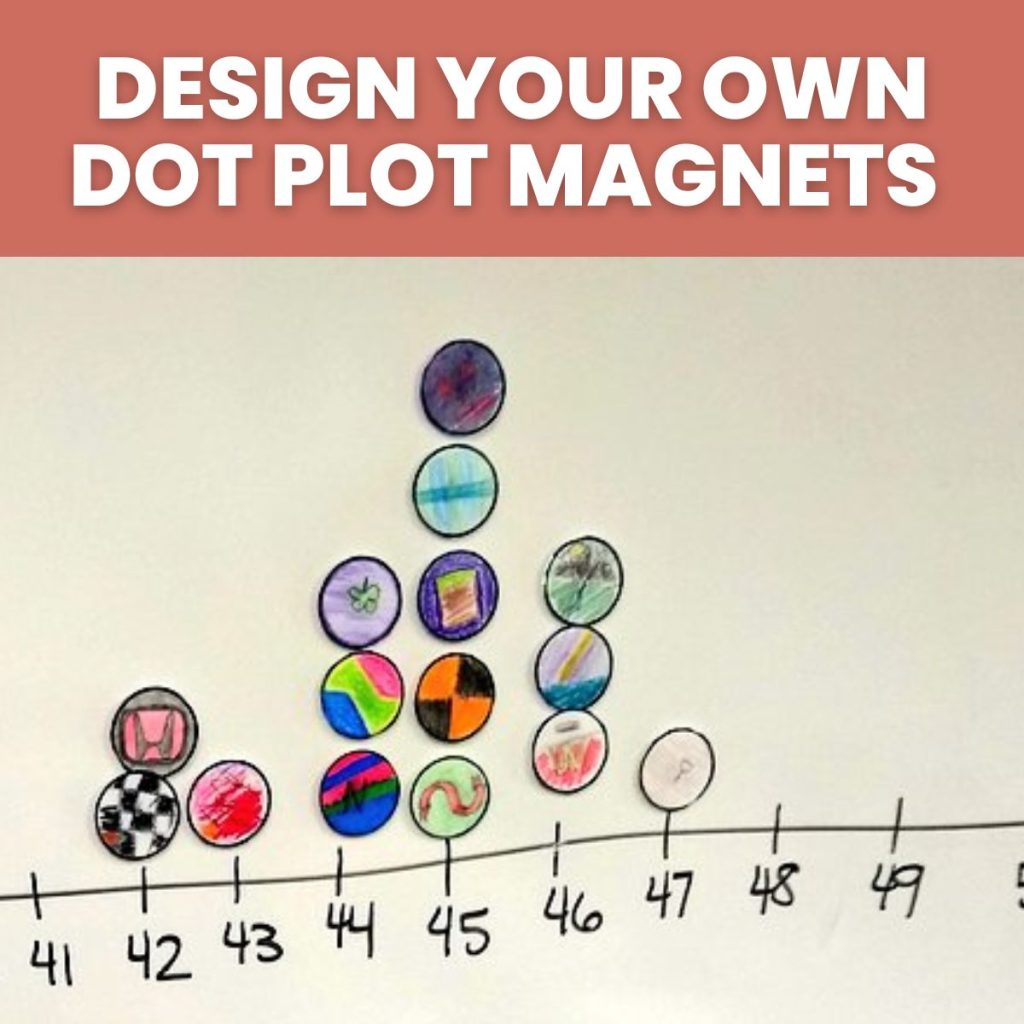
I created a simple template with circles for students to create their own unique design in. I allowed students to color them using crayons, colored pencils, markers, or highlighters. Below each circle template, students wrote their name and class period.
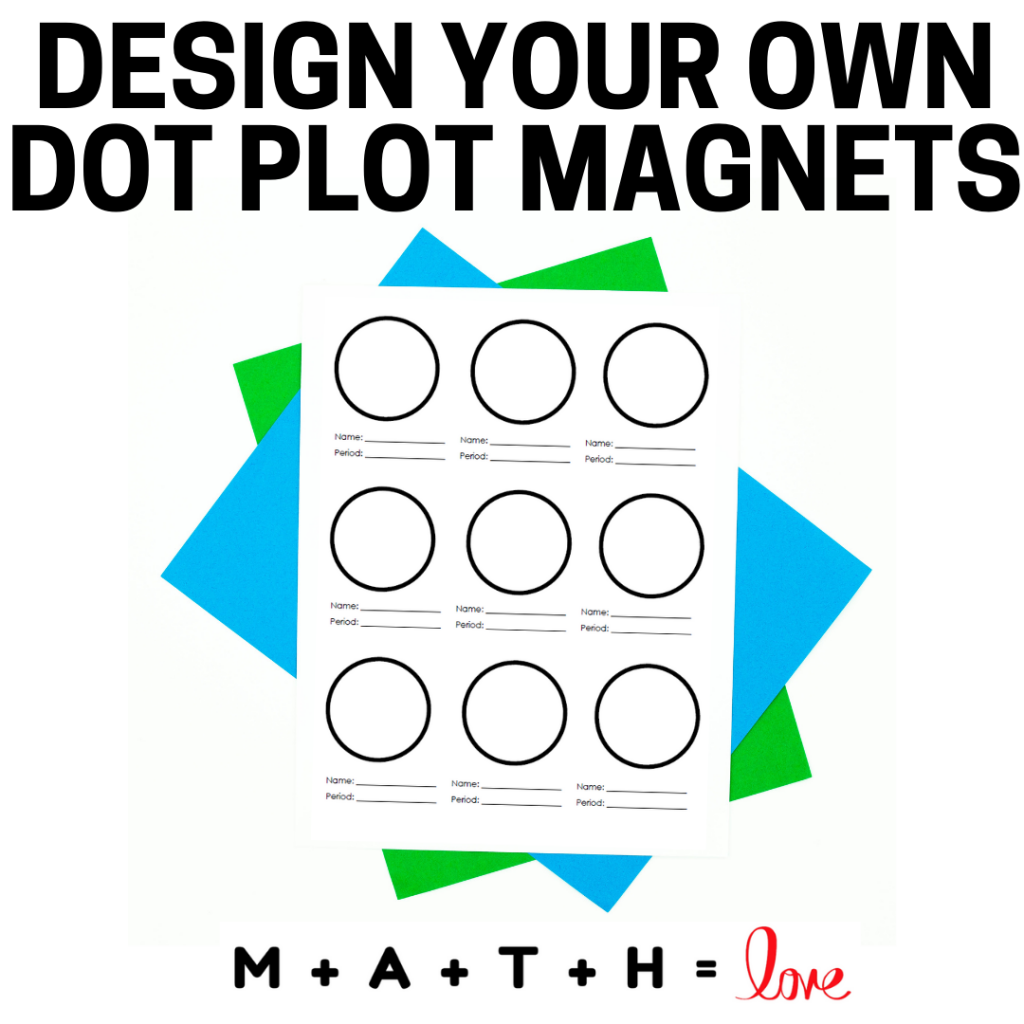
Some students chose to draw a design. Others wrote in their initials. One student even decided to practice drawing a ribbon since that was what our art class has recently been learning to do.

Once all of my students had designed their dots, I placed the sheets of dots in laminating pouches and laminated them. I was then able to cut the sheets apart into pieces with each student’s dot and name/hour written below.
MATH = LOVE RECOMMENDS…

A laminator is a MUST-HAVE for me as a math teacher! I spent my first six years as a teacher at a school with a broken laminator, so I had to find a way to laminate things myself.
I’ve had several laminators over the years. I currently use a Scotch laminator at home and a Swingline laminator at school.
I highly recommend splurging a bit on the actual laminator and buying the cheapest laminating pouches you can find!
I passed out the dots to students to cut out. Finally, I gave each student a disc magnet to place on the back of their dot to finish off their custom dot plot magnet.
I’ve been asked a lot recently about what type of magnets I use in my classroom. I discovered that you can buy ceramic disc magnets in bulk from Amazon, and those have been my go-to ever since. They are reasonably priced and strong to hold things up without them sliding down the dry erase board. I’m getting close to finishing up my 2nd box of 200 magnets, so to say that I love these magnets is an understatement. Why do I need so many magnets, you ask? I blame my puzzle of the week!
The magnets come with sticky 3M adhesive, and man is it sticky. I tried to remove one of the magnets from something the other day, and I could not get it to come off without destroying the piece of laminated paper it was attached to.
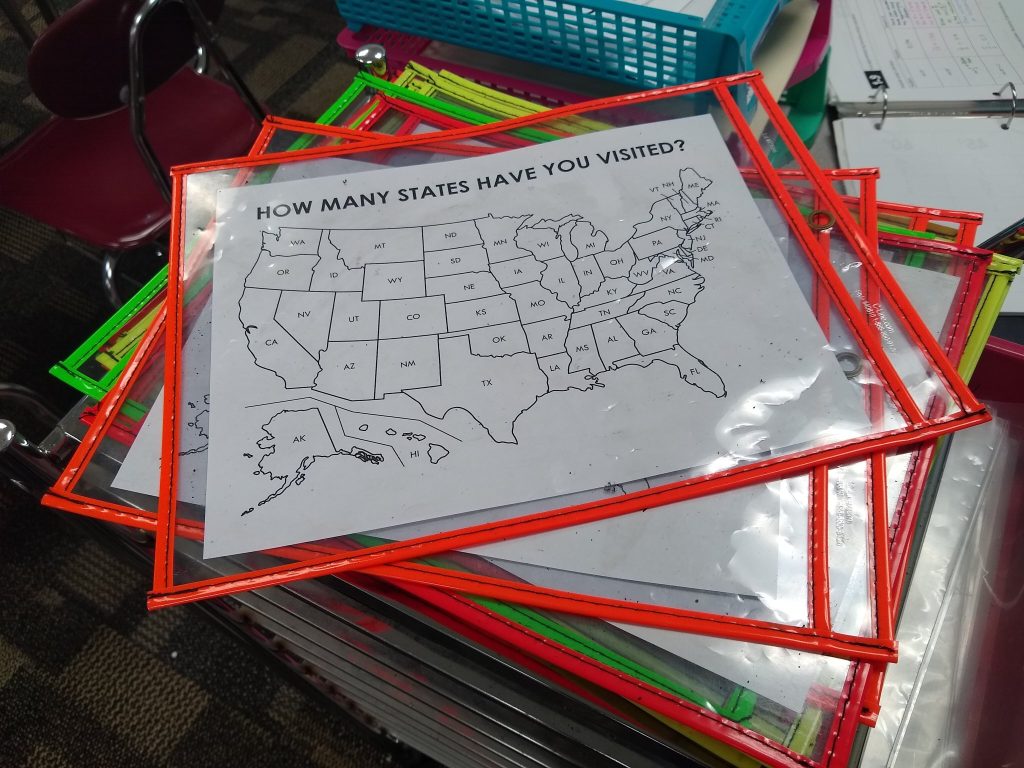
Once we had our dot plot magnets made, it was time to answer the question “How Many States Have You Visited?” I shared a free printable for this question last week! I gave my students maps of the United States in a dry erase pocket so they could figure out how many states they have visited.
MATH = LOVE RECOMMENDS…
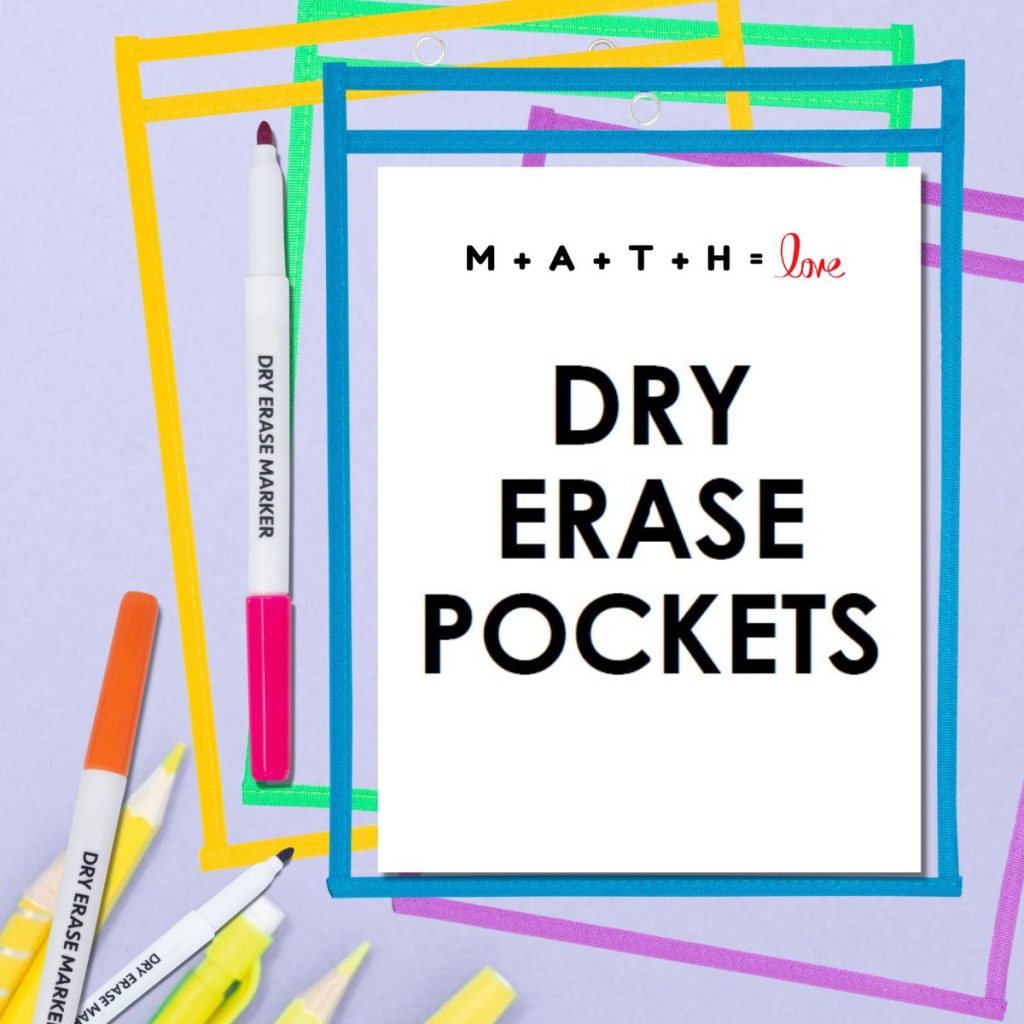
I cannot imagine teaching math without my dry erase pockets! They instantly make any activity more engaging and save me countless hours at the copy machine since I can use the same class sets of copies year after year.
Here are my current go-to recommendations:
If you don’t have a classroom set of dry erase pockets, you could also use heavy duty sheet protectors. But, I highly recommend investing in a classroom set of the pockets since they are so much more durable.
It was super easy to ask the question and set them free to create their own dot plot. We had some good discussions about how to properly place the dot plots above the line since one class decided to place them quite haphazardly. I wish I had thought to take a picture before I had them fix it.
Here are our resulting dot plots created by my two statistics classes.
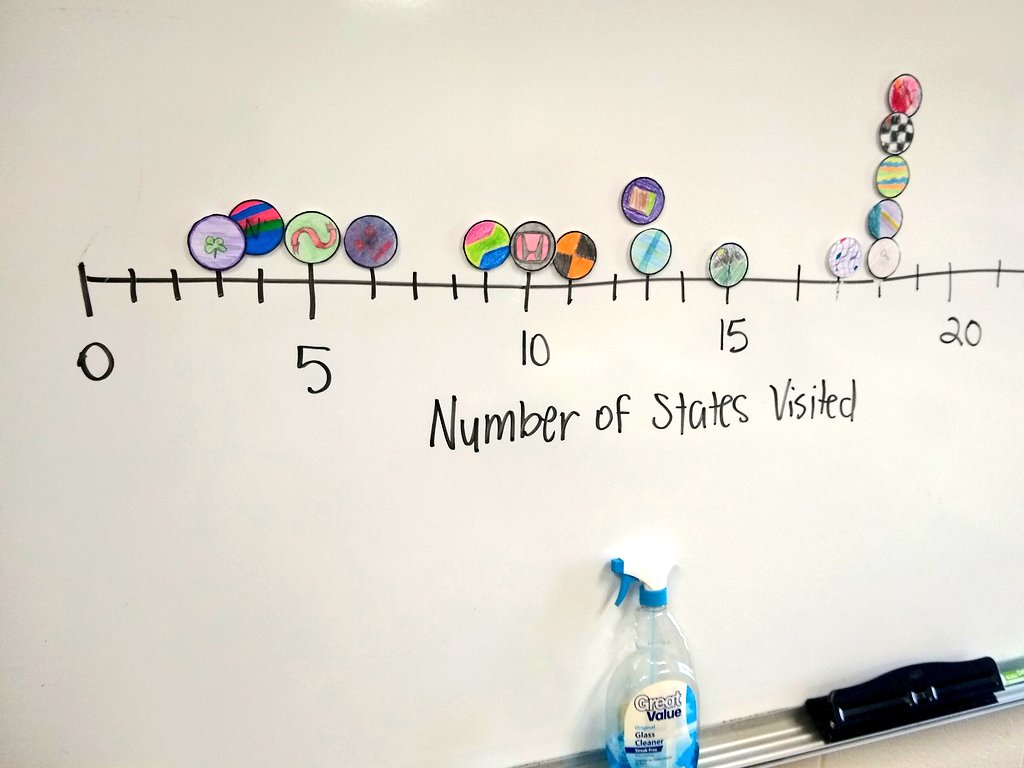
I’m super excited to come up with even more prompts to use these magnets with. I think we will be able to use them with scatter plots as well!

UPDATE: If you want to see other dot plot prompts I have used with my students and our dot plot magnets, check out my post about our Dot Plot of the Day Activity.
Free Download of Design Your Own Dot Plot Magnets Activity Template
Design Your Own Dot Plot Magnets Template (PDF) (1708 downloads )
Design Your Own Dot Plot Magnets Template (Editable Publisher File ZIP) (1083 downloads )
More Ideas for Teaching Quantitative Data Displays
- Tenzi Data Collection Activity for Comparing Data Sets
- Dot Plot of the Day Activity
- Design Your Own Dot Plot Magnets Activity
- How Many States Have You Visited Map
- Dotplot Matching – A Desmos Card Sort Activity for Statistics
- Count the Objects Task for Data Collection
- Analyzing the Ages of Academy Award Winners
- Are your graphs OK? TULSA Graphing Posters
- Highlights Hidden Pictures Activity for Comparing Data Sets
- Blind Stork Test for Data Collection
- Dry Erase Workmat for Finding Five Number Summary, IQR, and Outliers
- Estimating 30 Seconds Data Collection Activity
- Types of Data Displays Foldable
- Kentucky Derby Winning Times

